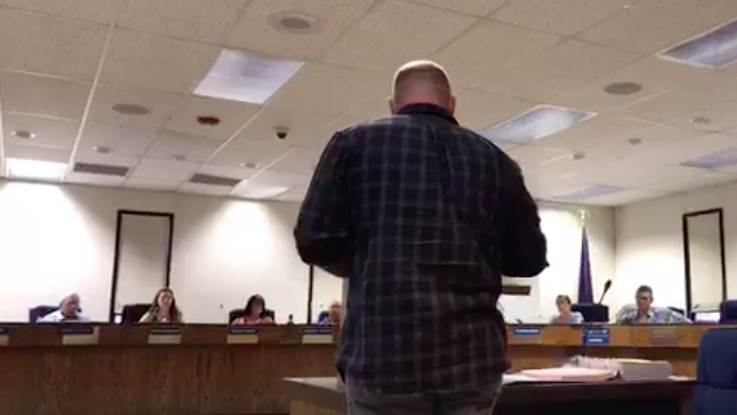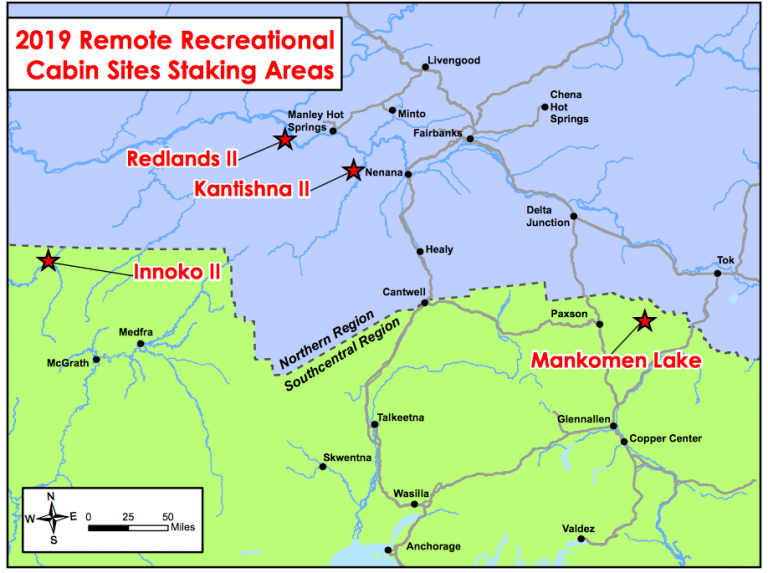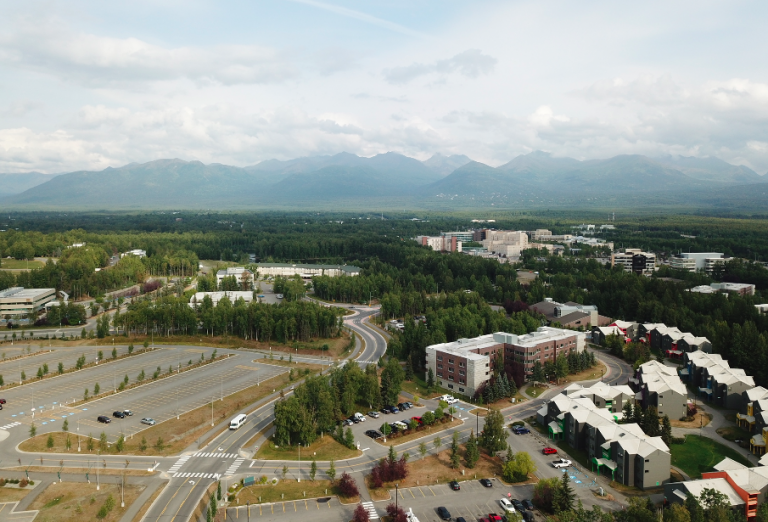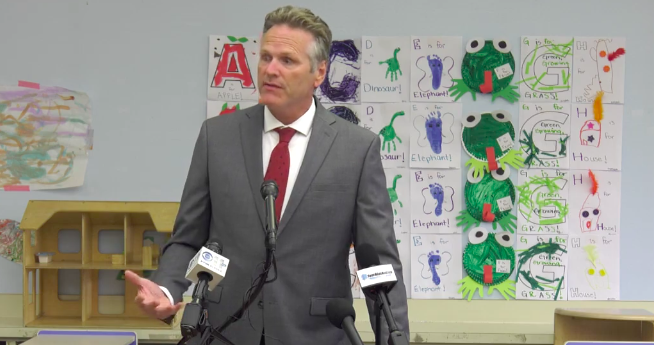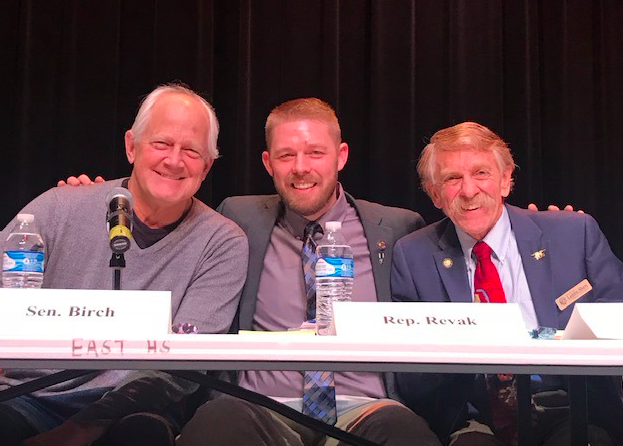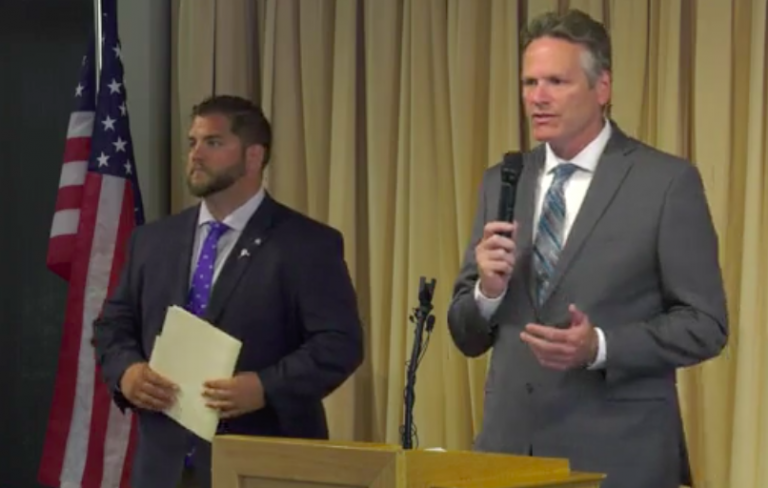The MRAK Almanac is your place for political, cultural, and civic events, events where you’ll meet political leaders or, if you are interested in getting to know your state, these are great places to meet conservative- and moderate-leaning Alaskans.
Alaska Fact Book
Question: How many volcanoes are in Alaska?
Answer: According to the Alaska Volcano Observatory, Alaska is home to over 130 volcanoes that have been active in the past two million years. Of these, around 50 are truly considered “active” volcanoes as they have seen activity in the past few hundred years. Well over 75 percent of volcanic eruptions that have occurred in the United States in the past two hundred years have been in Alaska.
8/13-8/15: Summer conference of the Alaska Municipal League. Local leaders from across the state will descend upon the city of Soldotna to network and share the very important work they do. Read more about the conference at this link.
8/14: Taste of Alaska fundraiser for Congressman Don Young’s 2020 reelection campaign at 5:30 pm in Anchorage. All interested must RSVP to 907-563-4314.
8/14: Board officers and committee chairs of the University of Alaska Board of Regents will hold a teleconference meeting at 10 am to discuss topics for the September 12-13 meeting of the full board. Read more here.
8/14: Come enjoy the Wasilla Farmer’s Market at Iditapark from 10 am – 6 pm. Support the famed local farms of the Mat-Su Valley.
8/14: Fundraiser to re-elect Fairbanks City Mayor Jim Matherly from 5:30 pm – 7 pm. Will take place at 3190 Riverview Drive.
8/14: Last of the summer’s UAF Discover Alaska lectures in the Murie Auditorium at 7 pm. This week, Colonel Benjamin Bishop, Commander of the 354th Fighter Wing at Eielson Air Force Base will discuss the base’s future as it relates to the Fairbanks community and the arrival of the new F-35’s starting in 2020.
8/15: Regular meeting of the Anchorage Community Development Authority Board of Directors at 4 pm in Anchorage. Read the full agenda packet here.
8/15: Regular meeting of the Ketchikan City Council at 7 pm. Read the full agenda here.
8/15: Weekly luncheon of the Juneau Chamber of Commerce at noon. This week’s special guest is Mary Anne Carter, chair of the National Endowment for the Arts. Ticket purchase is required, read more here.
8/15: Regular meeting of the Kodiak Island Borough Assembly at 6:30 pm. There will be an opportunity for public comment, read the agenda here.
8/15: Kenai Veterans town hall meeting at the Kenai Visitors Center, starting at 5 pm. All veterans and their families are invited to attend and share their concerns and questions with Alaska VA officials.
8/15: Memorial service for the late Sen. Chris Birch of Anchorage at 3 pm at the Hilltop Ski Area. All who knew and loved Senator Birch are welcome to attend. Read more about the service here.
8/15: Anchorage teachers’ first day back to work for the upcoming school year. Thank a teacher today!
8/15: Free walking tour of the UAF Poker Flats Research Range north of Fairbanks. The guided tour will start at 2 pm. Read more at the Facebook link here.
8/15: Alaska Veterans Community Mental Health Summit on the UAF campus in Fairbanks. Hosted by the Alaska VA and the Alaska Coalition for Veterans and Military Families. Read more here.
8/15-8/16: The powerful Federal Subsistence Board will hold a work session in Anchorage. The board will be taking action on three ongoing Wildlife Special Action Requests, including a proposal to eliminate the subsistence cow moose hunting season in Unit 23 for the upcoming year. Read the full list of proposals here.
The 64th annual Seward Silver Salmon Derby continues, read more here.
Alaska History Archive:
August 15, 1935—84 years ago: World renowned aviator Wiley Post and his close friend Will Rogers, a noted American humorist, died in a plane crash near Point Barrow. The two were widely known popular culture icons in America during the Great Depression. Post was also the first pilot to fly solo around the globe.
August 15, 1950—69 years ago: Alaska Senator John Coghill, Jr. was born in Fairbanks. The son of Lieutenant Governor John “Jack” Coghill, one of the 55 signers of the Alaska Constitution, Sen. Coghill joined the Alaska House in 1998 and the Alaska Senate in 2009. A Republican, Sen. Coghill served as the majority leader for three years from 2013 to 2016, and is currently Rules chair.

